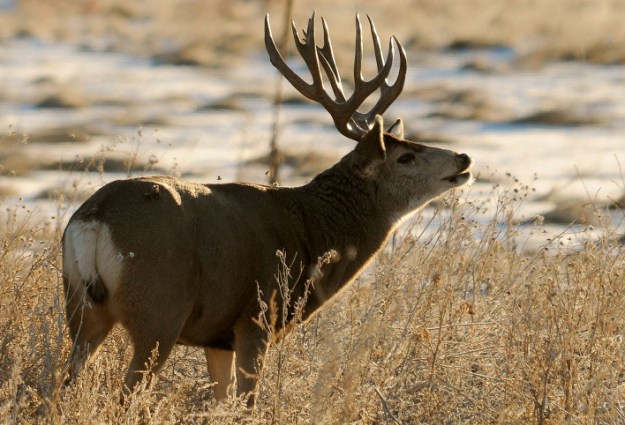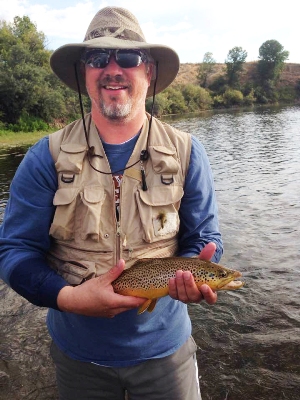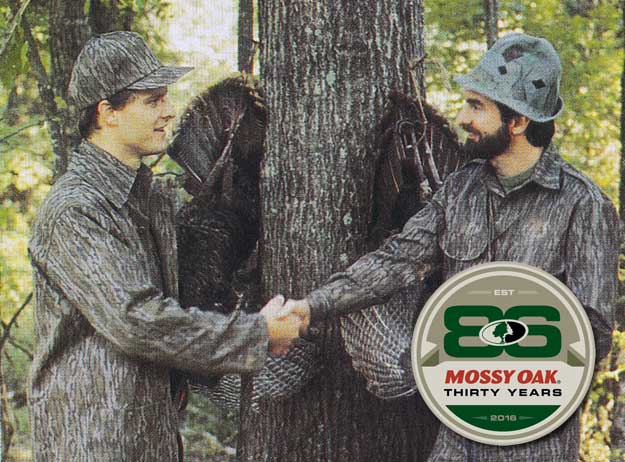
Editor’s Note: For the last 6 years, Mossy Oak Pro Marshall Johnson of Billings, Montana, has been the regional director of the Mule Deer Foundation for Montana and North Dakota. He primarily hunts in Montana and North Dakota. But Johnson is not a one-trick pony. Besides mule deer, he also hunts whitetails, elk, antelopes, turkeys, pheasants, grouse and partridge. “If I ever draw a tag, I’ll hunt mountain goats, big horns, buffaloes and moose,” Johnson says.
Our archery season for mule deer in my section of the U.S. starts after Labor Day each year. So, we can hunt mule deer with a bow from September 1 until Thanksgiving when rifle season starts. Bow season begins again after Thanksgiving, however, I primarily hunt with a rifle then.
Montana has limited hunting areas where only a limited number of deer tags are given out - generally in places considered trophy regions. I think Montana has about 23 units considered trophy units. When you buy a deer tag in Montana, you can hunt whitetails or mule deer. However, most hunters who live in Montana as well as hunters who come from the East opt to take mule deer instead of whitetails. The number of whitetails in Montana seems to be on the increase; but I didn’t take a whitetail until I was 17. Since that first whitetail, I've only taken four other white-tailed deer. I'm predominantly a mule deer hunter.
 My father was a very enthusiastic mule deer hunter, and I always went with him. Often, we’d drive 200 miles or more down to southwestern North Dakota to hunt mule deer. When we got to the place Dad wanted to start hunting, we’d hike far into the back country. I remember the first time I hunted mule deer with Dad, we got “blizzarded-in.” Our camp was a popup camper, and the temperature went to 99 degrees below zero with the wind chill factor. We were west of Amidon, North Dakota, on the Missouri Breaks. We had planned to hunt for 3 days, but we hunted for 5 days, because we couldn’t get out of the wilderness area.
My father was a very enthusiastic mule deer hunter, and I always went with him. Often, we’d drive 200 miles or more down to southwestern North Dakota to hunt mule deer. When we got to the place Dad wanted to start hunting, we’d hike far into the back country. I remember the first time I hunted mule deer with Dad, we got “blizzarded-in.” Our camp was a popup camper, and the temperature went to 99 degrees below zero with the wind chill factor. We were west of Amidon, North Dakota, on the Missouri Breaks. We had planned to hunt for 3 days, but we hunted for 5 days, because we couldn’t get out of the wilderness area.
However, because we endured the bad weather, I took the biggest mule deer I'd ever taken - a 5x5 with stickers. At that time in my life, I didn’t know anything about scoring antlers. My dad was not a bone collector, and he and I hunted for meat. That mule deer was a beautiful buck and was with four or five does. They were hanging out on the coulee. I made a really-good shot and hit the deer right in the neck. He ran to the top of the hill and just fell over in the snow. If I had scored the buck, I believe he would have scored probably in the 200s. I did bring the antlers out with me.
My brother and I always put our racks up in the garage. Dad would tell us, “Get that crap out of here. Those antlers are just taking up room that I need in my garage. I'm going to put some siding up where these antlers are.” When I went to college at North Dakota State University, I joined a fraternity and had fraternity brothers from Minnesota and all over the country. They were curious about mule deer and asked me, “How big are mule deer, and what will they score?” I didn’t know what scoring meant. That was when I was introduced to the Boone and Crockett system of scoring. When I went home one weekend, I went to the garage to get my antlers to take back to school to get them scored. I asked my dad, “Where are all the antlers?” He replied, “I threw all that crap away.” I screamed “No!”
How Marshall Johnson Got to Work at the Mule Deer Foundation




























